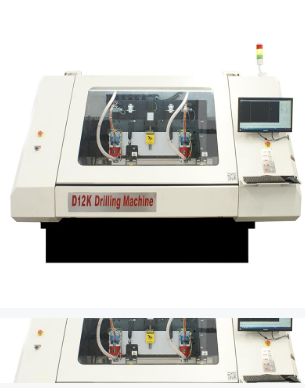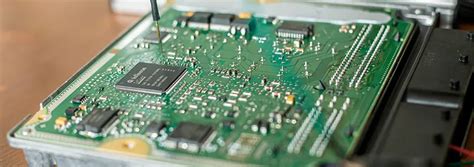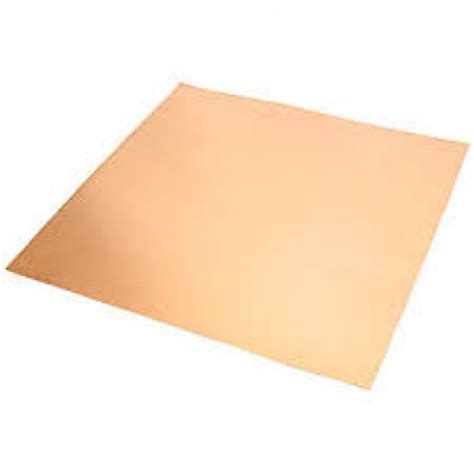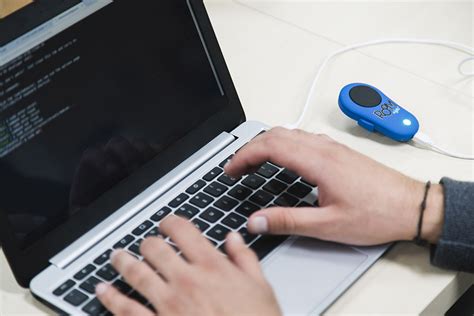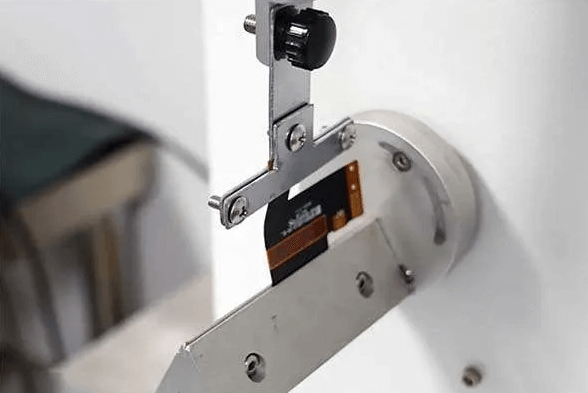The Application of Motion Controllers in PCB CNC Drilling Machines
Abstract
Printed Circuit Board (PCB) manufacturing requires high precision and efficiency, especially in the drilling process, where accuracy directly impacts the quality of the final product. Modern PCB数控钻床 (CNC drilling machines) rely heavily on advanced motion control systems to achieve micron-level precision, high-speed operation, and multi-axis coordination. This paper explores the role of motion controllers in PCB CNC drilling machines, discussing their architecture, key technologies, and benefits in enhancing drilling accuracy, speed, and reliability.
1. Introduction
PCB CNC Drilling Machine are critical in the electronics manufacturing industry, responsible for drilling micro-holes for vias, through-holes, and mounting points. The increasing complexity of PCB designs—with higher layer counts and smaller hole diameters—demands advanced motion control solutions. Motion controllers, as the core of CNC systems, ensure precise positioning, smooth motion trajectories, and synchronization between multiple axes.
This paper examines:
- The structure of motion control systems in PCB drilling machines.
- Key technologies enabling high precision and speed.
- Advantages of modern motion controllers over traditional systems.
- Future trends in motion control for PCB manufacturing.
2. Motion Control System Architecture in PCB CNC Drilling Machines
A typical motion control system in a PCB CNC Drilling Machine consists of:
2.1. Motion Controller
The motion controller serves as the brain of the system, executing trajectory planning, servo control, and real-time adjustments. It processes G-code instructions from CAD/CAM software and converts them into precise motor movements.
2.2. Servo Drives and Motors
High-performance servo motors and drives ensure rapid acceleration/deceleration and minimal positional error. Linear motors or high-precision ball screw systems are commonly used for axis movement.
2.3. Feedback Systems
Encoders and linear scales provide closed-loop feedback, allowing the controller to correct deviations in real time. Optical encoders with sub-micron resolution are essential for maintaining accuracy.
2.4. Spindle Control
The spindle motor, often a high-speed (50,000–300,000 RPM) air-bearing or electric spindle, must be synchronized with the motion controller to ensure consistent drill bit penetration and retraction.

3. Key Motion Control Technologies in PCB Drilling
3.1. Multi-Axis Interpolation
Modern PCB drills require simultaneous control of X, Y, Z, and sometimes rotational axes (for multi-spindle machines). Advanced motion controllers use sophisticated interpolation algorithms to ensure smooth and coordinated movement.
3.2. High-Speed Machining (HSM)
To minimize production time, motion controllers optimize acceleration profiles and reduce settling time. Look-ahead algorithms pre-process hundreds of drilling points to avoid sudden stops and vibrations.
3.3. Dynamic Error Compensation
Thermal expansion, mechanical backlash, and vibration can affect accuracy. Real-time compensation algorithms adjust motion parameters dynamically to maintain precision.
3.4. Adaptive Feed Control
The controller adjusts feed rates based on material hardness and drill bit wear, preventing breakage and ensuring consistent hole quality.
4. Advantages of Advanced Motion Controllers in PCB Drilling
4.1. Improved Accuracy (≤ ±5µm)
Closed-loop control and high-resolution feedback eliminate positional errors, crucial for microvia drilling in HDI PCBs.
4.2. Higher Throughput
Optimized motion profiles reduce idle time between holes, increasing machine productivity by 20–40%.
4.3. Enhanced Flexibility
Programmable controllers support different drill bit sizes, materials (FR4, ceramic, flex PCBs), and hole patterns without mechanical adjustments.
4.4. Reduced Maintenance
Predictive algorithms monitor motor and spindle health, preventing unexpected downtime.
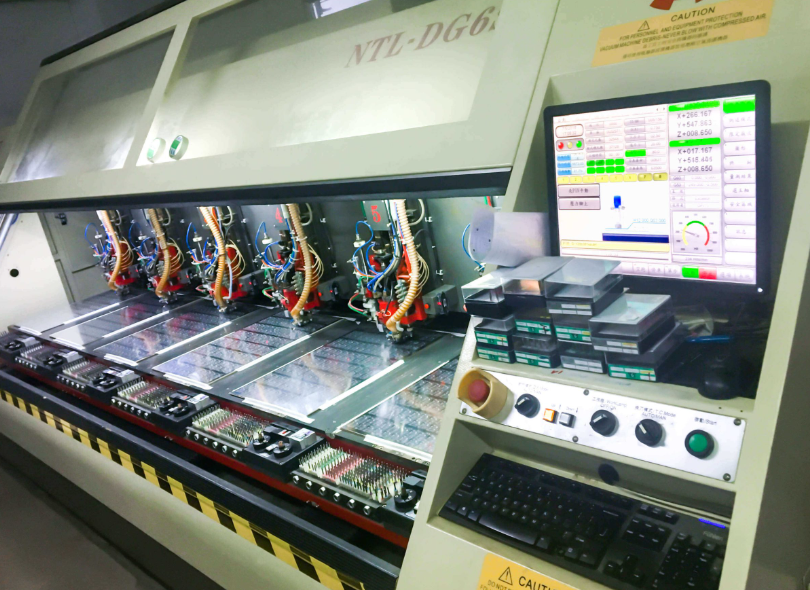
5. Case Study: Motion Control in a High-Speed PCB Drill
A leading PCB manufacturer implemented a Delta Tau PMAC-based motion control system, achieving:
- 50% faster drilling cycles due to optimized acceleration.
- 30% reduction in drill bit breakage via adaptive force control.
- ±3µm repeatability, improving yield rates in 10-layer HDI boards.
6. Future Trends
- AI-Based Motion Optimization: Machine learning predicts optimal drilling paths.
- Direct-Drive Systems: Eliminating mechanical transmission for higher speeds.
- IoT Integration: Real-time remote monitoring and predictive maintenance.
7. Conclusion
Motion controllers are indispensable in modern PCB CNC Drilling Machine, enabling unprecedented precision, speed, and reliability. As PCB designs continue to evolve, advancements in motion control technology will further enhance manufacturing efficiency and quality.

